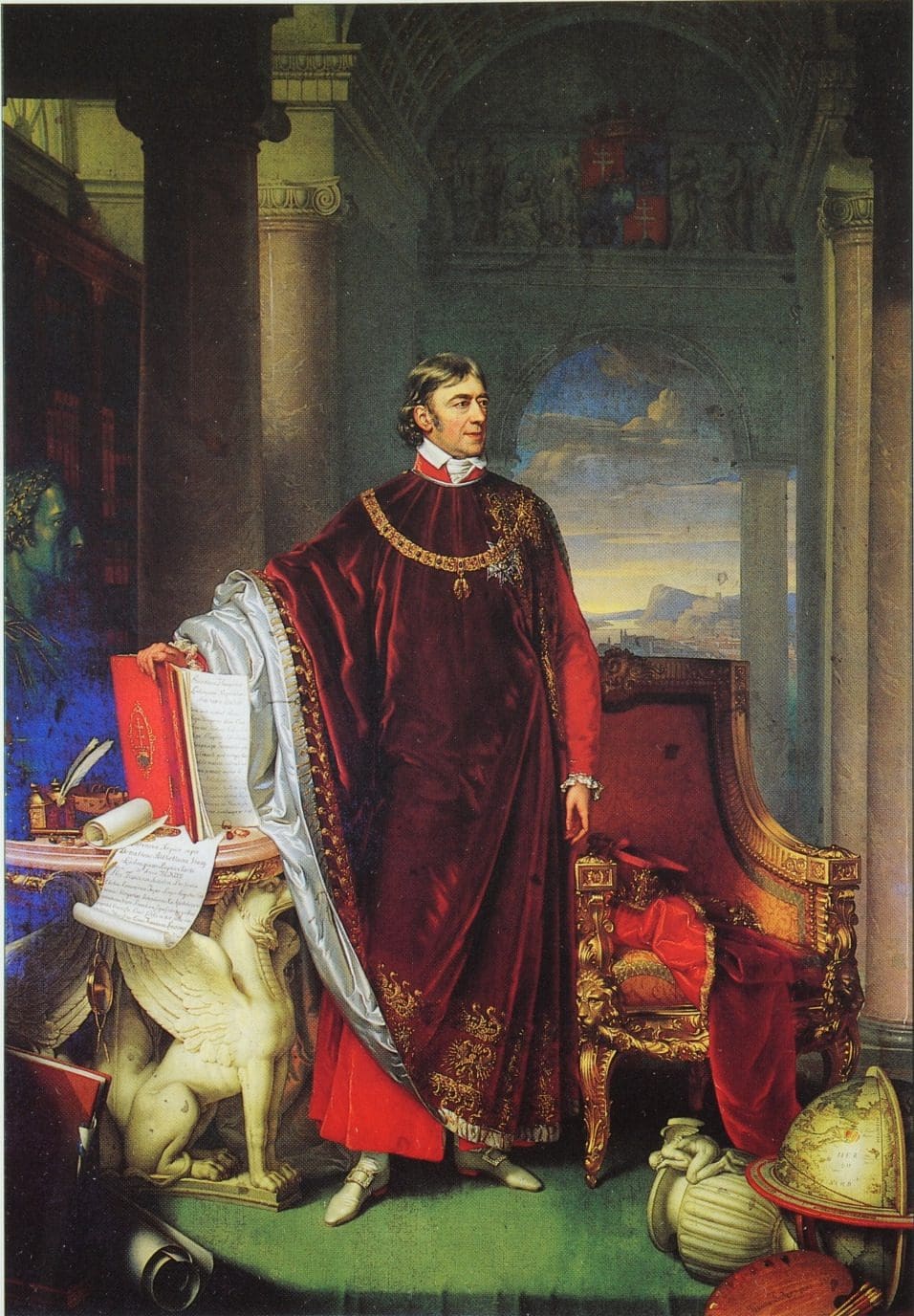The conservative Hungarian government is bringing back what the communists, coming to power after World War II, abolished: Hungarian counties and the county-level representatives of the central government will get back their traditional names: “vármegye” and “ispán”, respectively.
As a country in the heart of Europe with a history going back more than a thousand years, Hungary has had a very long tradition in state organization and public administration. The country has recently celebrated the 800th anniversary of the Golden Bull, the law which first regulated the relations of the king and the nobility—limiting the king’s powers—, nearly at the same time as Magna Charta did in England.
“Jus resistendi”, that is, the right to resist, had a major effect on Hungarian public law and Hungarian history until the twentieth century, and the respective traditions have been echoed in politics in contemporary Hungary, especially in prime minister Viktor Orbán’s strategic and tactical policies.
Officials called “ispán” used to have an essential role in Hungarian historical constitutionality
Officials called “ispán” used to have an essential role in Hungarian historical constitutionality. Some researchers believe the word comes from ancient Greek, others have proposed it is Old Slavonic in origin. “Župan” is still an existing official rank in Croatia: it is the title of the heads of Croatian counties called “županije”. Along the same lines, the word also exists in Slovenia and Slovakia, either denoting an official position or used for addressing people. In Hungary, a non-Slavic country, the word (and office) of the ispán had existed for almost a thousand years, only to be abolished by the Communists—and then to be dusted off, unexpectedly, in 2022.
In Hungary, the head of a county (traditionally called “vármegye”, which translates as “castle county”) was called ispán, from the first years of Hungarian statehood to the years following the Second World War. Before Trianon, Hungary had more than sixty counties where affairs were managed and decisions were made first by ispáns, and later by a “főispán”(chief ispán) and an “alispán” (deputy ispán). Not surprisingly, many ispáns went down in the books of Hungarian history, including some outstanding statesmen, such as Miklós Zrínyi, a general, writer, and poet in the seventeenth century, the hero of the wars against the Turks, or Ferenc Széchényi at the turn of the eighteenth and nineteenth centuries, the founder of the Hungarian National Library and the National Museum).
The office of ispán was not reintroduced after the regime change of 1989–90, nor when the new, current constitution, formulated under the second Orbán government, came into effect in 2011, although the issue was raised on both occasions.
The question was always a subject of political debate: the leftist–liberal camp often called the office of ispán obsolete or even reactionary, and many people associated the word ispán with the neo-Baroque formalities of the Horthy era that characterized the interwar period.
Nevertheless, as mentioned earlier, for 950 years in the 1022-year-long history of the Hungarian state, the ispáns did have a continuous and quite important role in maintaining Hungarian statehood, similarly to the institution of the counties themselves.
It is a key and unique fact that the existing county system of Hungary continues to bear the signs of the state organization efforts of Saint Stephen
It is a key and unique fact that the existing county system of Hungary continues to bear the signs of the state organization efforts of Saint Stephen, the founder of the Hungarian state, and his successors; the majority of Hungarian counties still have their boundaries almost unchanged and bear the same name as 800 or 1000 years ago. This is an exceptional and powerful symbol of the stability of Hungarian statehood. By contrast, numerous changes have been made in most European countries to the systems of regional public administration even in the last one hundred years.
Now, Hungarian counties are getting back their archaic, traditional name of “vármegye”, which they had been called for almost a thousand years, as a result of yet another significant measure implemented by the Fidesz government, which has been working on reinforcing Hungarian statehood for the past twelve years.
The culture war and identity debates are guaranteed to heat up again in Hungary, but the fifth government of Viktor Orbán with is two-thirds majority will almost certainly have the bill on the name change passed in Parliament. Sailing the stormy waters of the twenty-first century, Hungary continues to reinvigorate its thousand-year-old historical heritage.
Translated by Balázs Sümegi







